Your cart is currently empty!
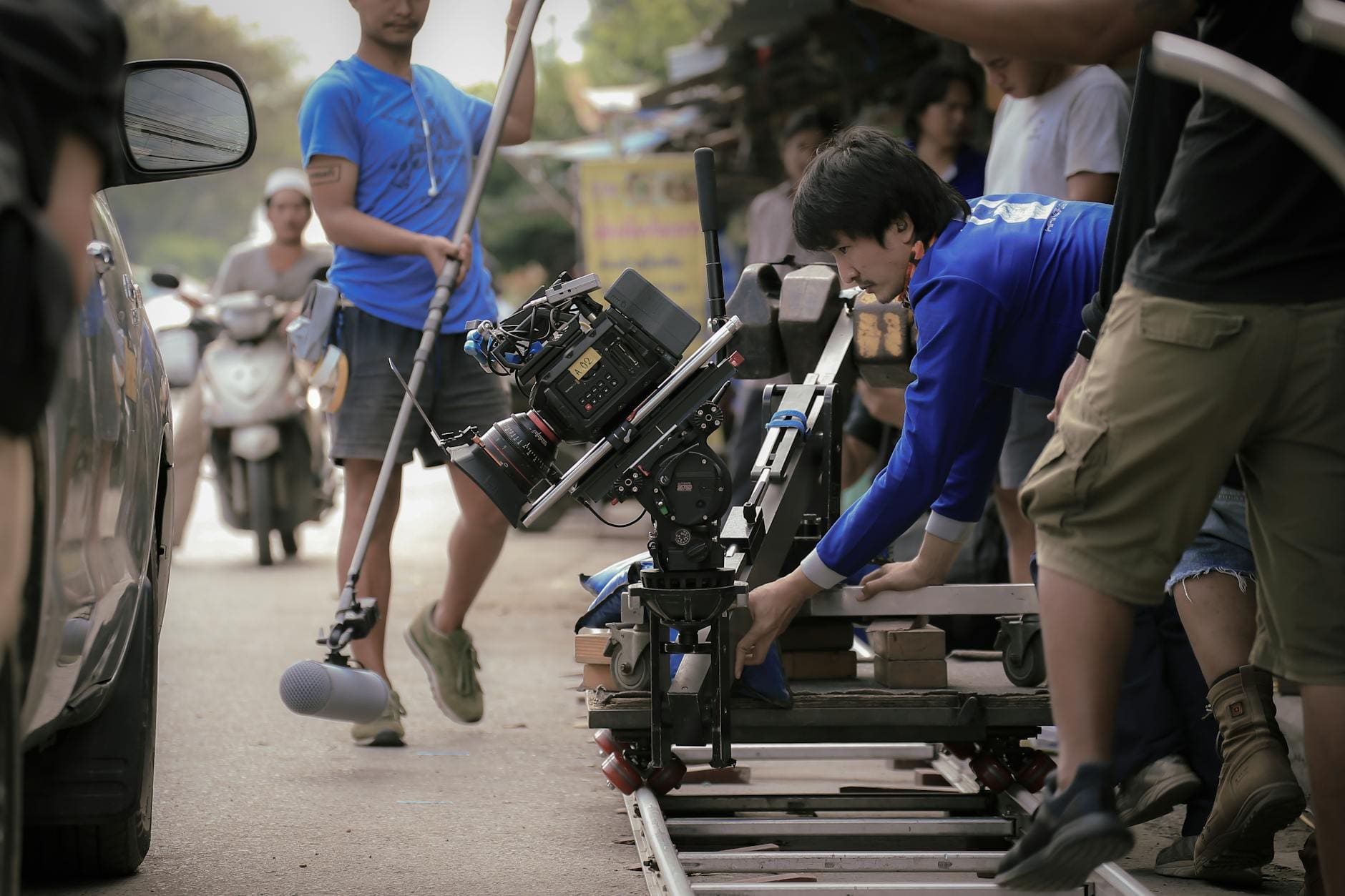
Vital Roles in Video Production: A Complete Guide
In video production, the synergy between various creative and technical roles is what brings a concept to life. Whether you’re an aspiring filmmaker, a seasoned professional, or a business looking to dive into video content, getting a firm grip the key roles in video production is paramount. This guide digs into the core positions that form the backbone of any successful video production team. From the visionary director to the meticulous video editor, each role plays a pivotal part in transforming a narrative vision into a visual masterpiece. Join us as we explore these vital roles, shedding light on the responsibilities and importance of each in the video production process.
Director
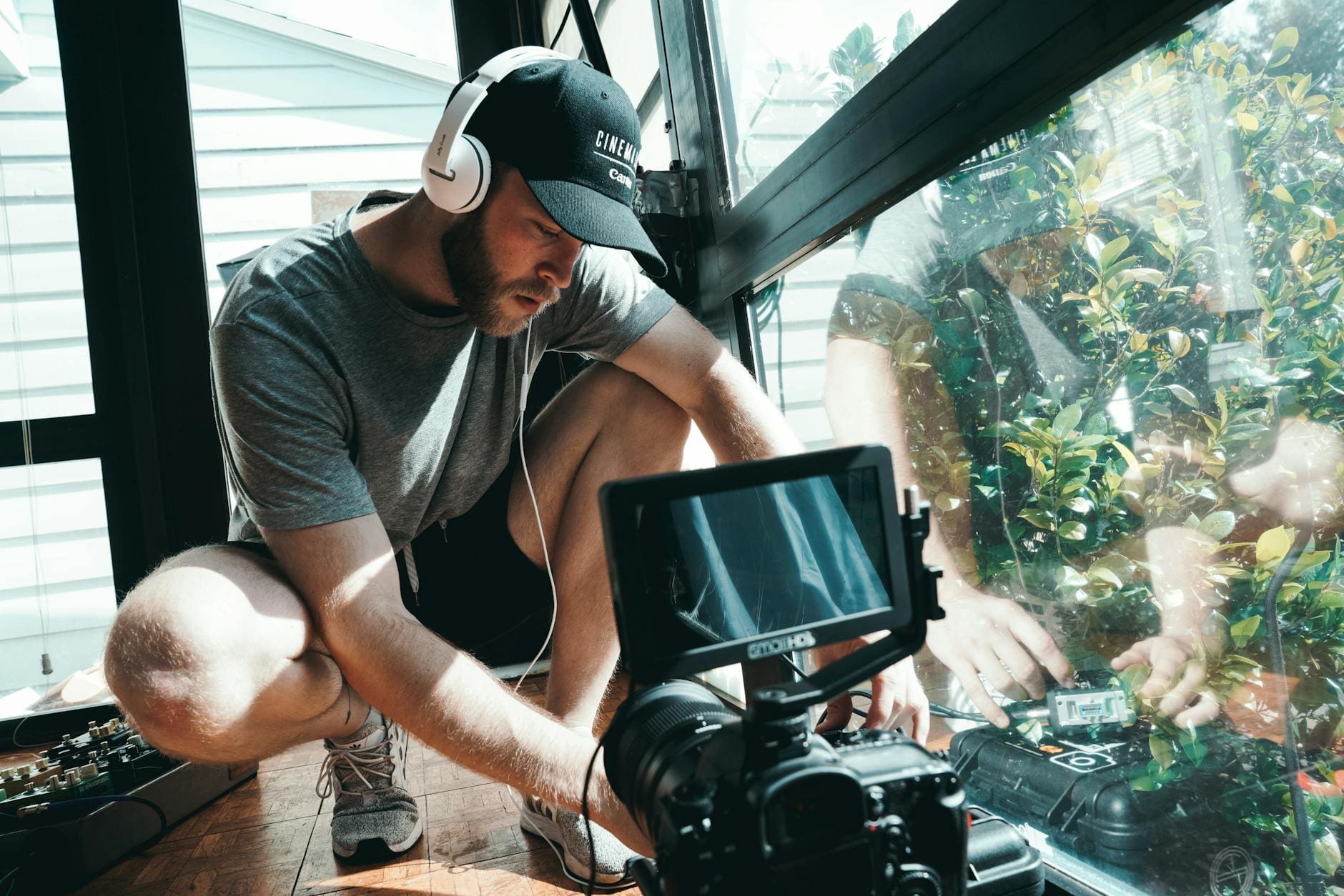
The role of a video director is the most-needed role in video production, serving as the creative mastermind who orchestrates the visual and narrative flow of the project. With a grasp of each crew member’s responsibilities, the director protects the idea that the collective effort aligns with the envisioned outcome. Important to this process is the director’s ability to inspire and extract optimal performances from the entire team, fostering an environment where creativity and efficiency thrive. Collaboration with the Director of Photography (DoP) is especially critical, as it guarantees the visual aspects of the production seamlessly complement the director’s vision, promising the final product is both coherent and compelling.
A great director transcends mere oversight, acting as the bridge between the conceptual and the tangible. This individual possesses a unique blend of leadership, vision, and interpersonal skills, enabling them to guide the project from inception to completion. Their role is not just about making decisions but about embodying the creative spirit of the production, making sure every shot, performance, and artistic choice serves the greater narrative. Just how vital a good director is cannot be overstated, as they are the catalyst for transforming ideas into visual storytelling that resonates with audiences.
Producer
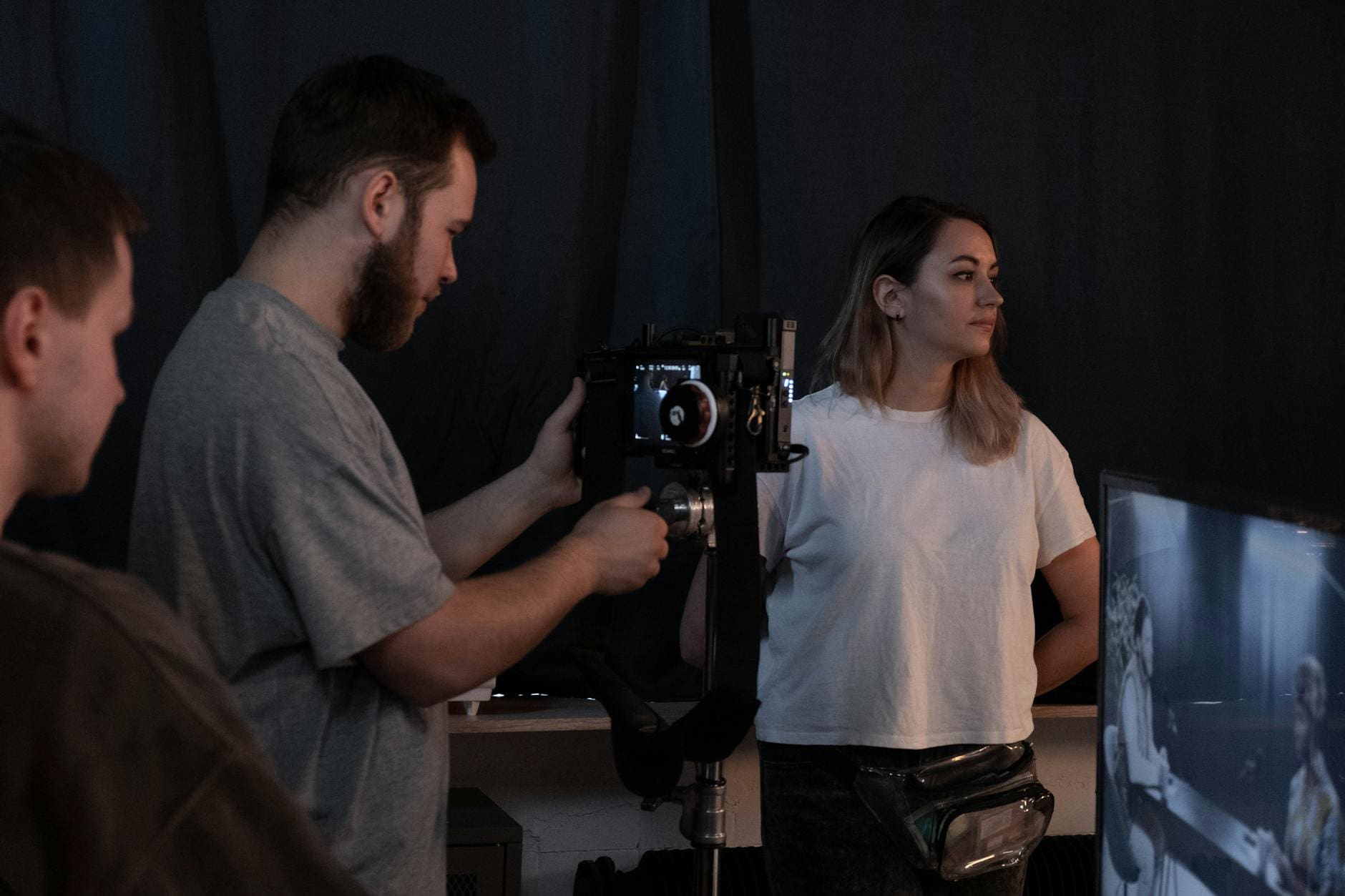
In video production, the role of the producer is both central and multifaceted. Acting as the glue that holds the project together, the producer drives communication and makes sure it flows smoothly among all team members, maintaining a cohesive vision and operational harmony. This role involves meticulous oversight of the production process, from pre-production planning to post-production editing, guaranteeing that the director’s vision is executed faithfully. Producers often engage in a variety of tasks, including logistical coordination, budget management, and sometimes stepping into the role of an interviewer to nail the energy of the narrative directly.
The producer’s understanding of the director’s vision is paramount, as it influences every decision made throughout the production process. By maintaining a clear grasp of the end goal, the producer navigates the complexities of production, driving each crew member’s contributions align with the project’s objectives. Their ability to adapt, manage, and sometimes direct, underscores the significance of their role. A proficient producer not only guarantees the smooth execution of a project but also take the quality of the final product to the next level, making their role indispensable in the journey from concept to screen.
Director of Photography (DP)
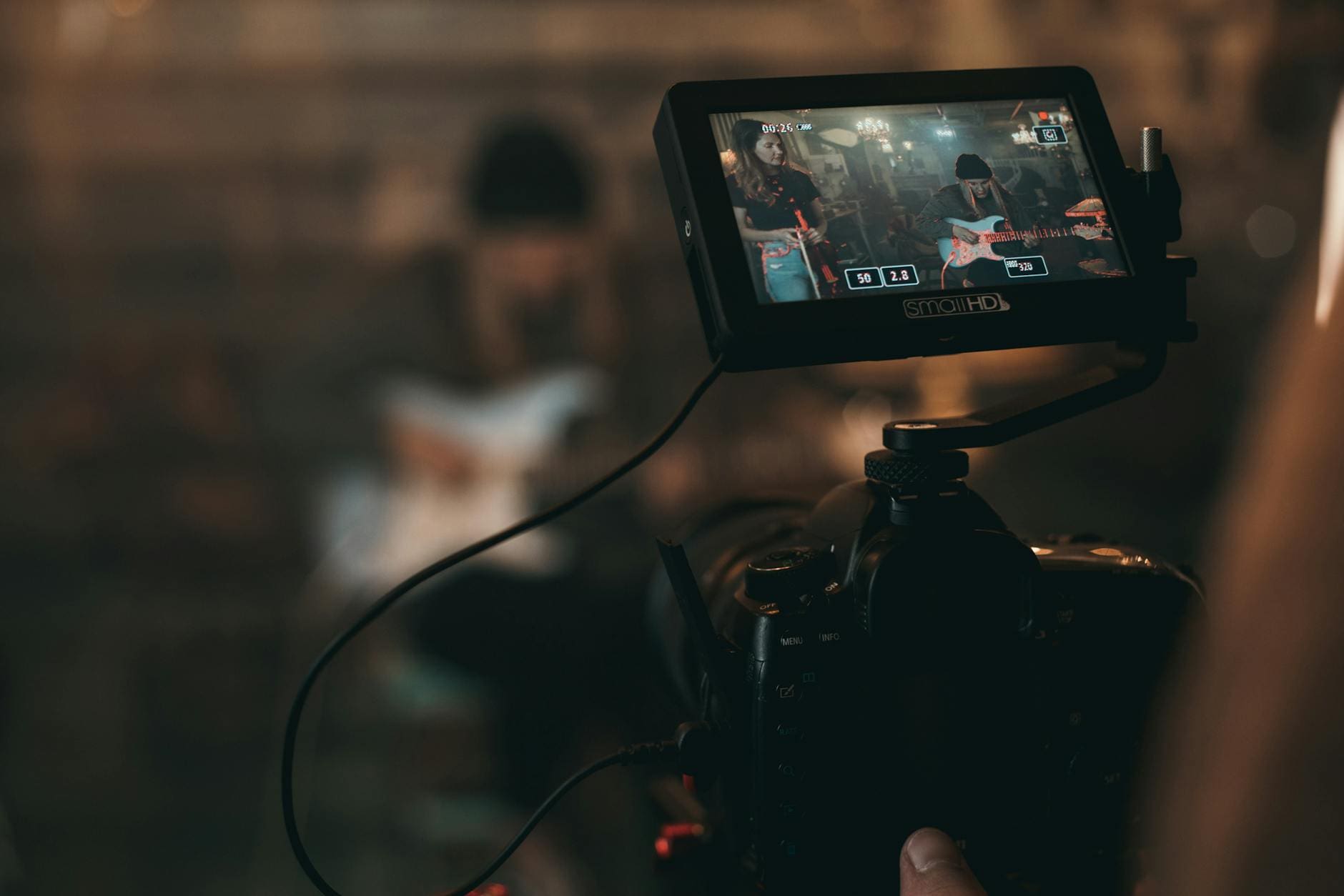
The Director of Photography (DoP), often regarded as the visual architect of a video production, plays in important role in translating the director’s vision into the visual language of film. With expertise in camera work, lighting, and composition, the DoP oversees all aspects related to the visual aesthetics of a project. Their responsibilities extend beyond mere technical proficiency; they require a creative eye that can envision and snag scenes in ways that enhance the narrative and emotional impact of the story. Collaboration with the director is vital, as it promises that each frame contributes to the overarching story being told.
A skilled DoP navigates the challenges of diverse shooting environments, employing their knowledge of lighting, angles, and camera movements to craft visually stunning images. This role demands a balance between artistic vision and practical execution, making the DoP instrumental in achieving the desired look and feel of the production. The DoP role’s pivotal piece lies in their ability to bring a script to life through visual storytelling, creating memorable and impactful images that resonate with audiences long after they’ve watched the video.
Camera Operator
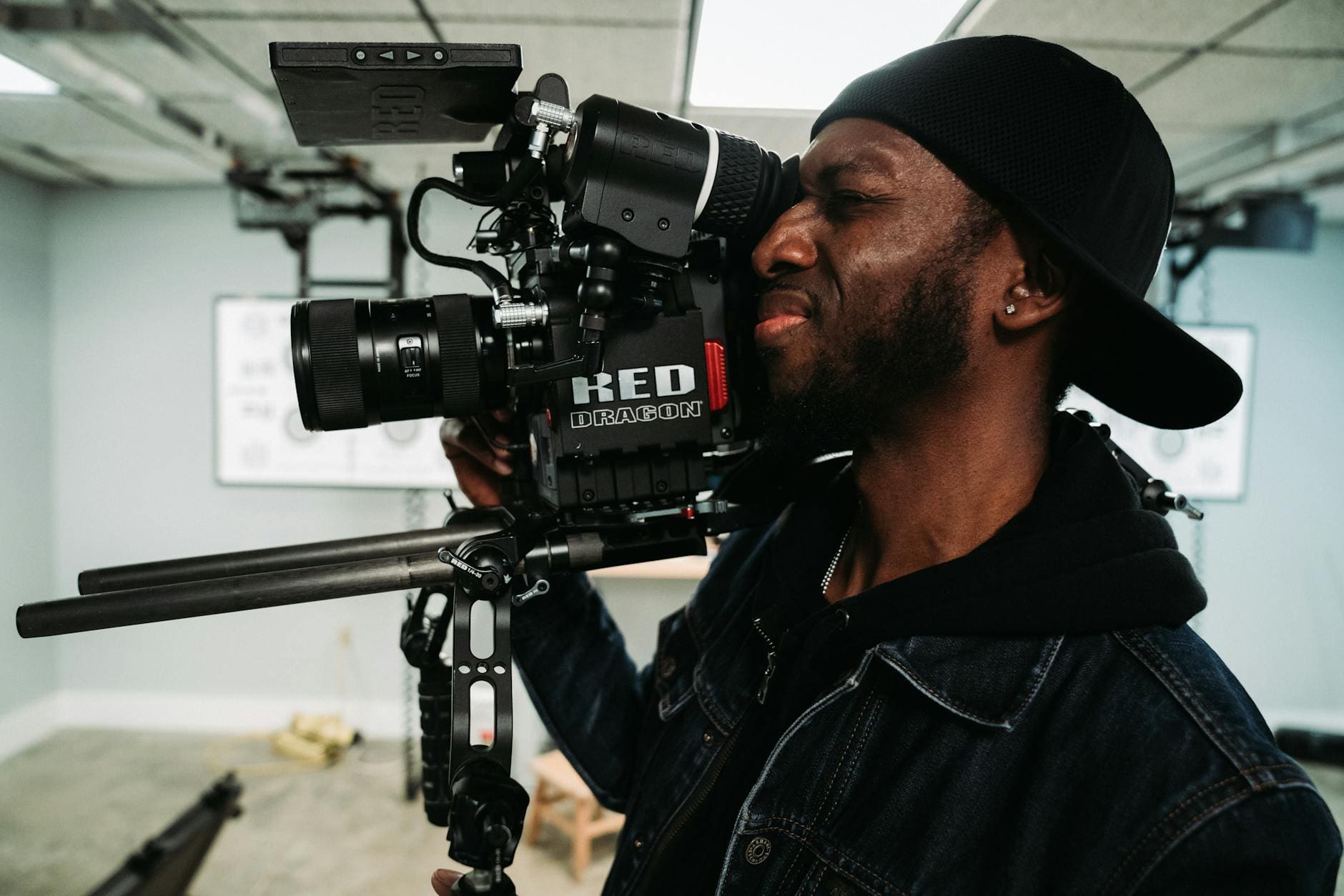
Camera operators are the eyes through which the audience experiences the world of the video. Mastery over the technical aspects of the camera, including framing, composition, and movement, allows the camera operator to record scenes with precision and artistry. Taking direction from the DoP or director, they execute the visual plan, making sure each shot aligns with the creative vision of the production. Their expertise in selecting the right lenses and camera settings for every scene is a shoot-changing factor for achieving the desired aesthetic and emotional tone of the project.
The role of a camera operator is critical in realizing the director’s vision on screen. They must possess not only technical proficiency but also a creative intuition that guides them in composing shots that tell a story visually. Whether it’s a sweeping landscape or an intimate close-up, the camera operator’s work is fundamental in engaging the audience and conveying the narrative’s subtleties. Their contribution to the production process is invaluable, as they provide the visual elements that are downright needed for storytelling in film and video.
Sound Person / Audio Engineer
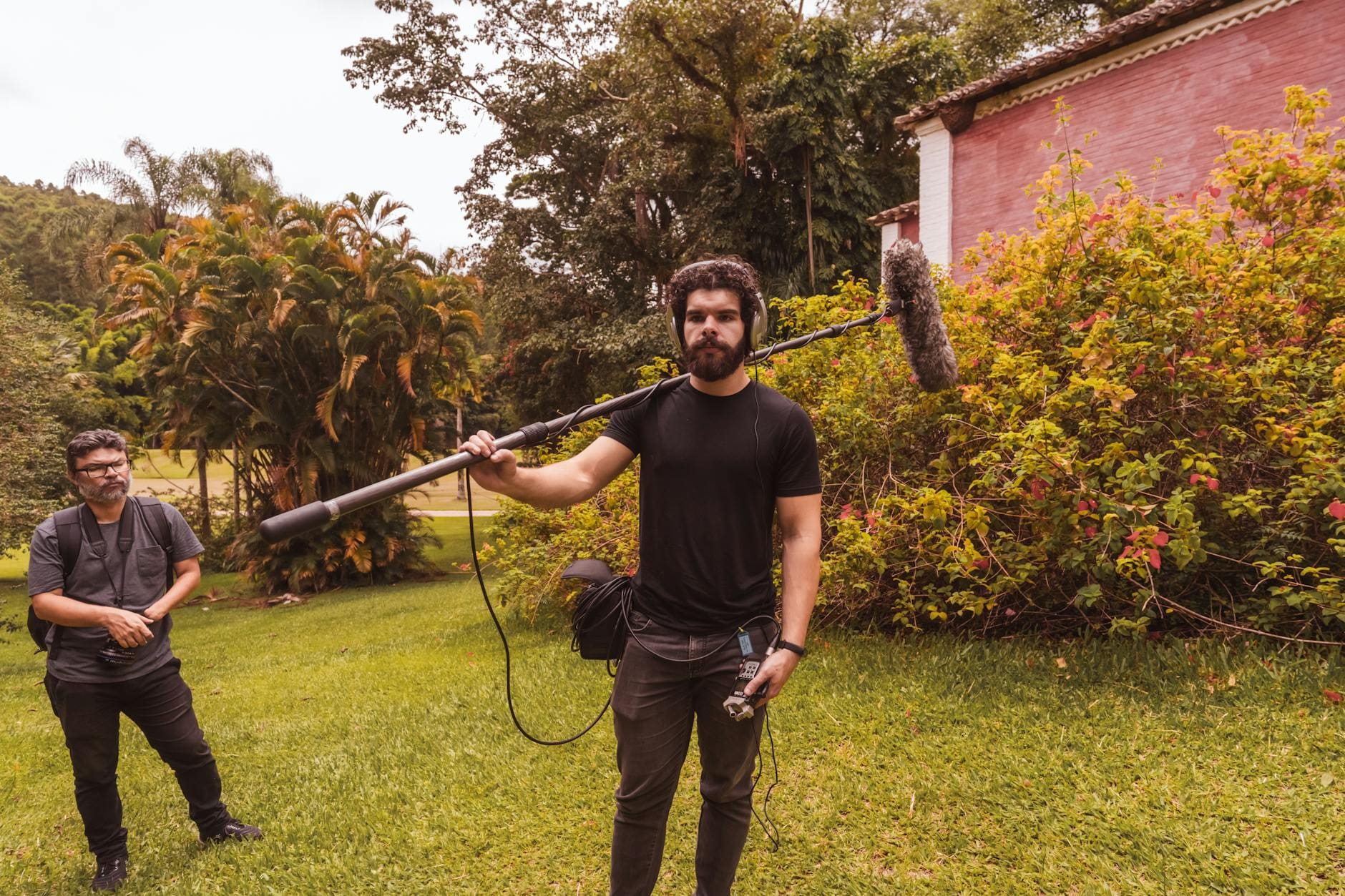
The role of the sound person or audio engineer in video production is vital, albeit often underestimated. They are responsible for getting clear and high-quality audio, which creates an immersive viewing experience. Good audio quality is critical; poor sound can distract and disengage the audience, undermining the visual efforts of the production team. The audio engineer must adeptly handle various challenges, from ambient noise to the subtle nuances of dialogue, checking that the sound complements the visual narrative.
In addition to recording sound, the audio engineer plays a vital role in shaping the auditory energy of the production. This may involve mixing, editing, and enhancing audio tracks to achieve
the desired mood and impact. Their expertise validates that the sound is not just an accompaniment to the visuals but a fundamental component of the storytelling process. An accomplished audio engineer can move a video from good to exceptional, making their role indispensable in the production of high-quality content.
Gaffer / Lighting Person
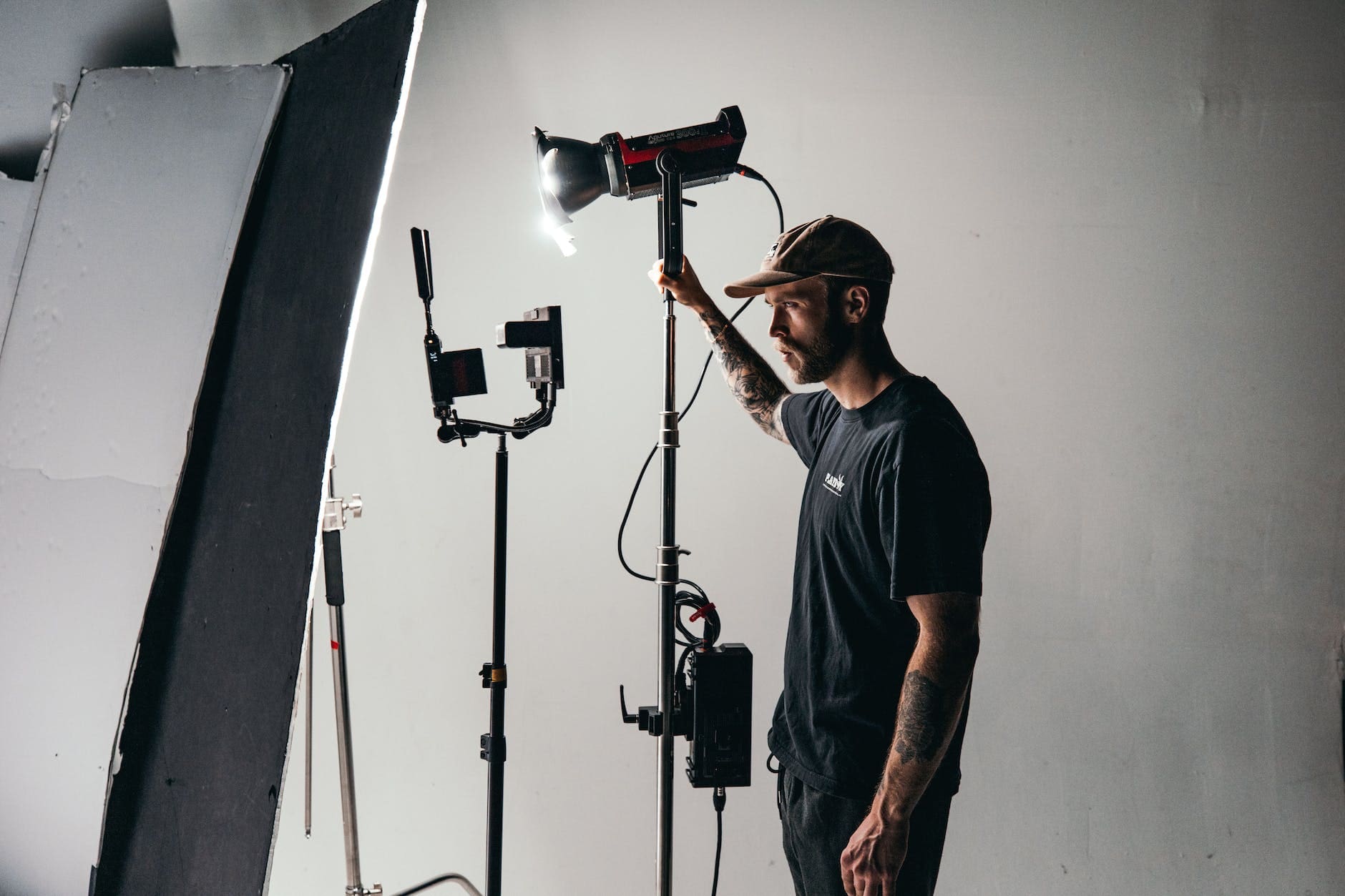
The gaffer, or chief lighting technician, is instrumental in sculpting the visual tone of a video production through lighting. Working under the direction of the DoP, the gaffer executes the lighting plan, strategically placing lights to enhance the mood, depth, and texture of each scene. Their mastery over the manipulation of light and shadow creates the desired atmosphere and guiding the audience’s focus throughout the narrative. The gaffer’s ability to quickly adapt and modify lighting setups between shots is important for maintaining the production’s pace and promising continuity.
Leading a team of lighting technicians, the gaffer makes sure that every aspect of the lighting plan is implemented efficiently and creatively. This role requires a deep knowledge of the technical aspects of lighting equipment and the aesthetic sensibilities to use light as a storytelling tool. The collaboration between the gaffer and the DoP is vital for achieving a visually cohesive and compelling narrative. The gaffer’s contribution to the visual storytelling process highlights the how significant the impact of lighting is in creating the overall look and feel of the video.
Interviewer
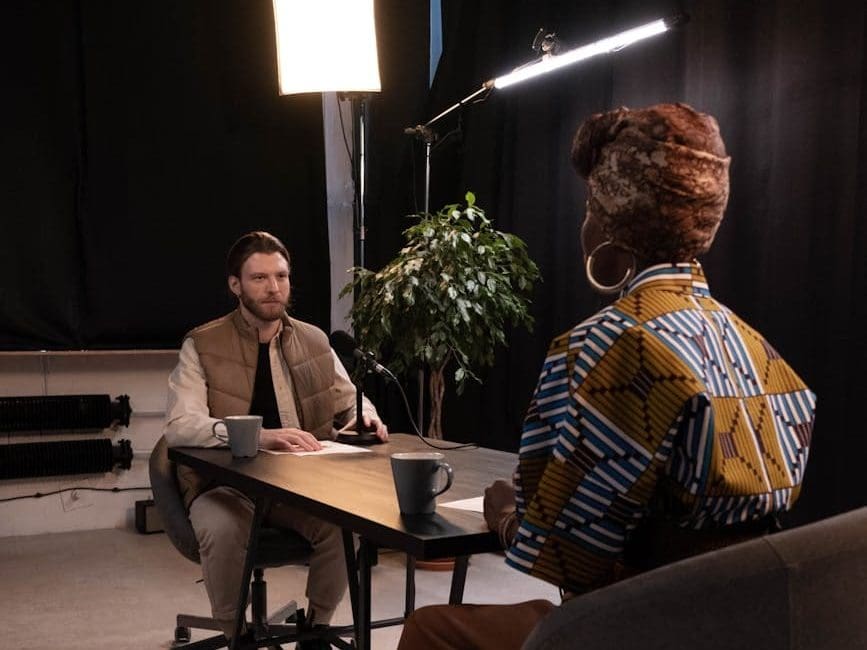
The interviewer plays a big role in video production, especially in projects that involve narrative storytelling through interviews. A skilled interviewer possesses the ability to draw out clear, compelling dialogue from interviewees, many of whom may feel nervous or uncomfortable on camera. This role requires a delicate balance of empathy, curiosity, and strategic questioning to guide the conversation in a way that uncovers meaningful insights and aligns with the project’s objectives. The interviewer’s capacity to create a comfortable environment for the interviewees is vital for building authentic and engaging content.
The science of interviewing extends beyond mere conversation; it involves controlling the flow of dialogue and works for the interviewee’s responses to contribute to the narrative’s development. An experienced interviewer navigates this process with tact and intuition, steering the conversation towards relevant topics while maintaining a natural and fluid exchange. Their role shapes the content that will ultimately inform or entertain the audience, making the interviewer an invaluable member of the video production team.
Video Editor
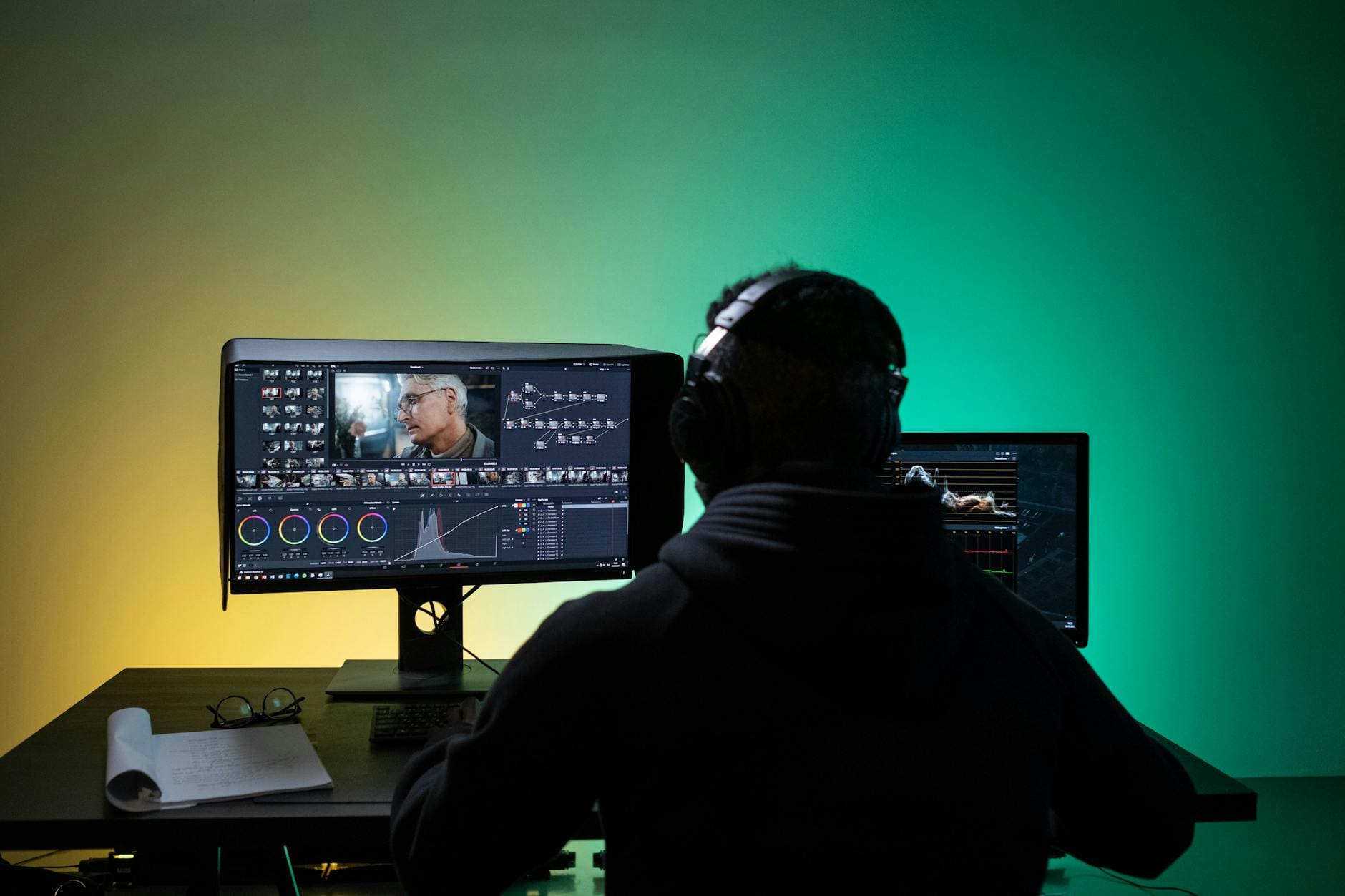
Video editors are the unsung heroes of the post-production process, wielding the power to transform raw footage into a coherent and alluring story. Through a meticulous selection and combination of shots, editors construct the narrative flow, pace, and rhythm of the video. Their creative input is critical in enhancing the footage with transitions, graphics, color correction, and sound design, elements that build on the visual and emotional appeal of the final product. Editors work closely with directors to check that the edited video aligns with the original vision, making their role both technical and artistic.
The complexity of video editing involves not just assembling shots but also sculpting the narrative arc, timing for maximum impact, and integrating other elements like music and effects to enrich the viewer’s experience. Editors must have a keen eye for detail and a deep knowledge of storytelling principles to make sure the final product engages and resonates with the audience. Their ability to bring together all elements of production into a seamless and impactful video underscores the critical nature of the video editor’s role in the creative process.
Final Thoughts
Video production is a complex and collaborative art form that requires the harmonious integration of various skills and talents. As we’ve seen, each role, from the director to the video editor, carries with it a unique set of responsibilities that are critical to the project’s success. Understanding the intricacies of these positions not only helps in appreciating the art behind video production but also in creating more effective and engaging video content. Whether you’re managing a video production company, part of a creative team, or looking to venture into filmmaking, recognizing the value and function of these key roles is the first step towards achieving cinematic perfection. In the end, the magic of video production lies in the collective effort of these creative minds, each contributing their expertise to bring stories to life on screen.

Leave a Reply